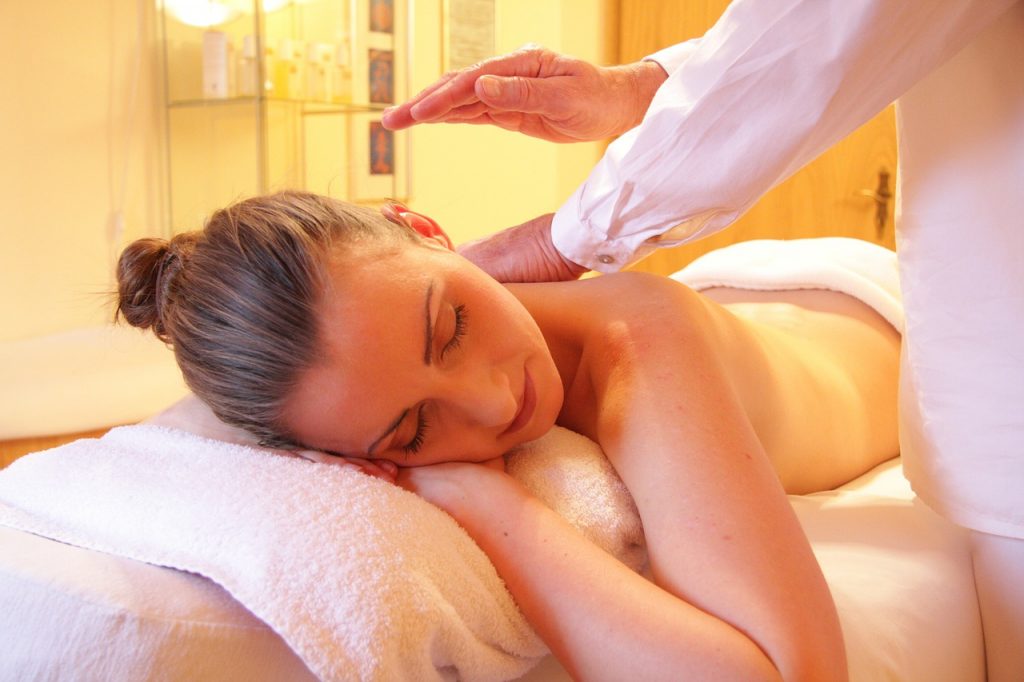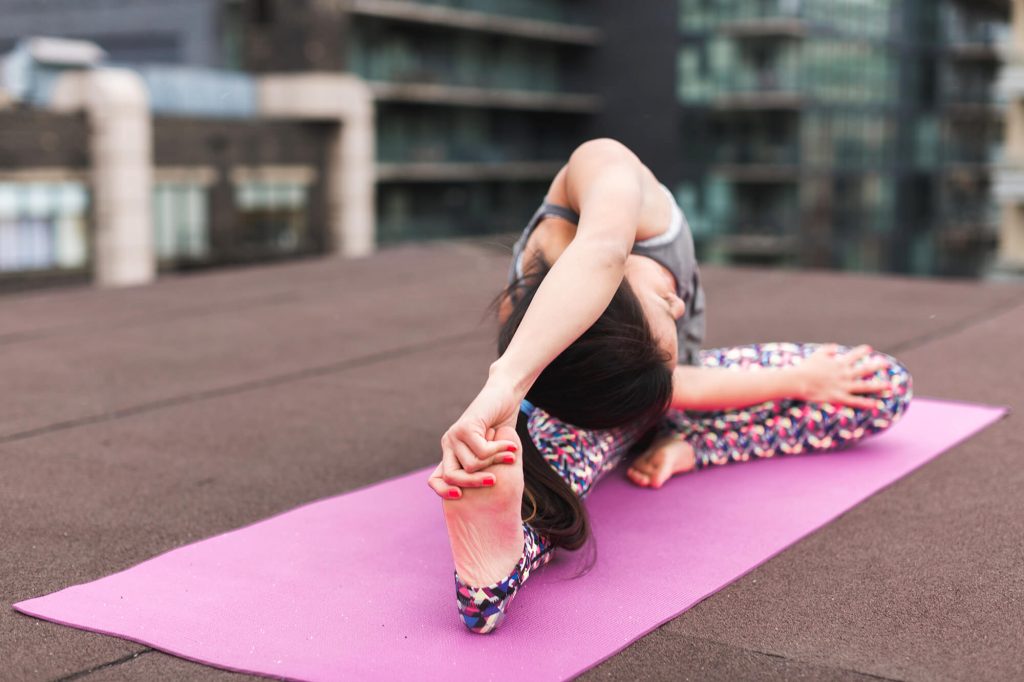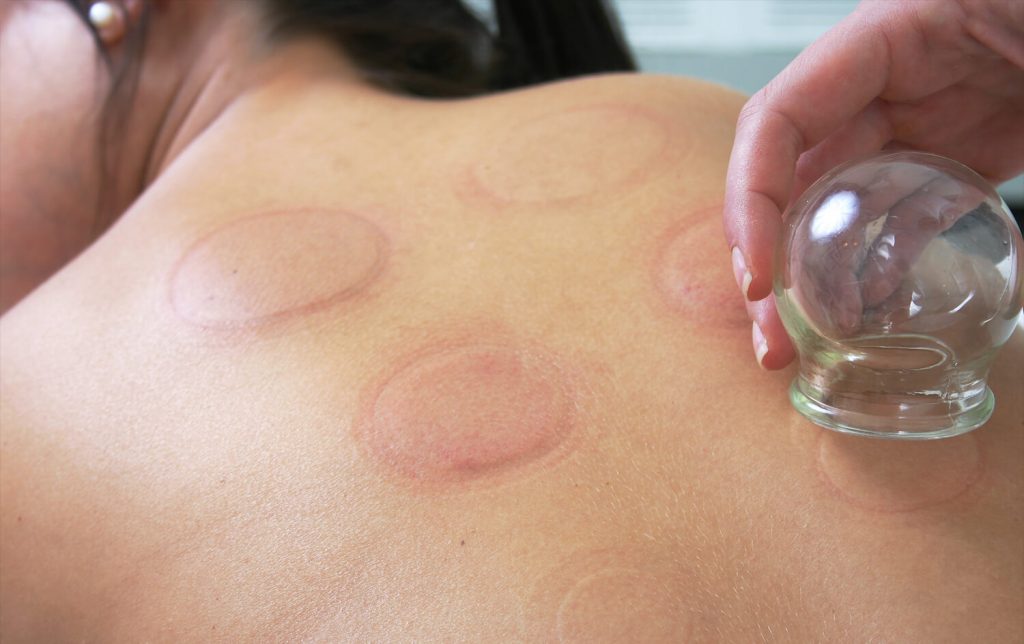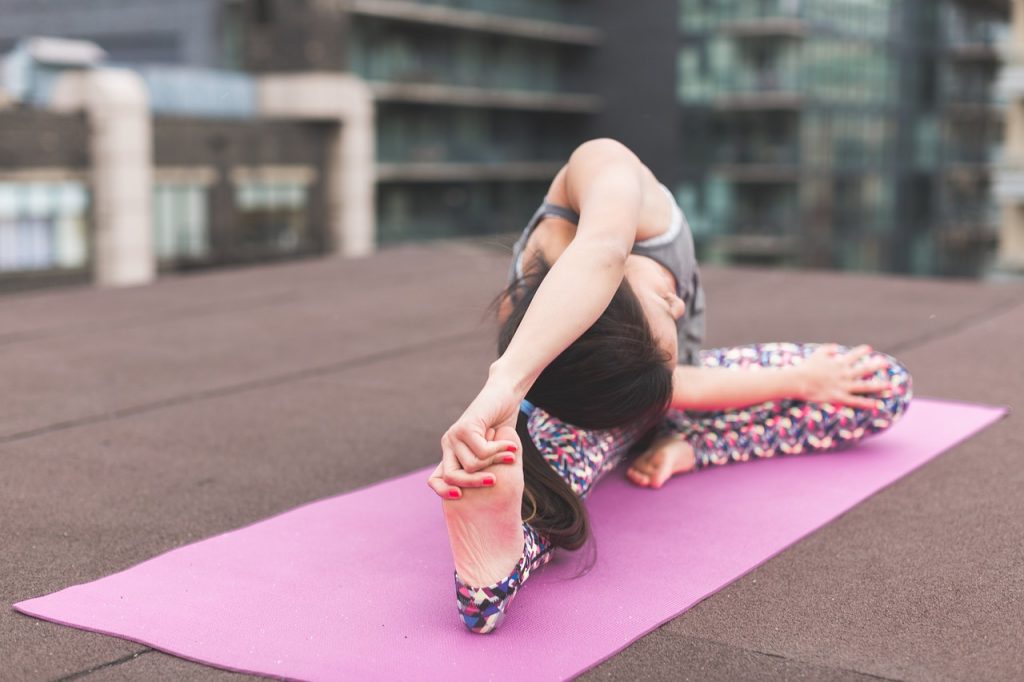A Brief History of Acupuncture
Acupuncture is a holistic health technique that stems from Traditional Chinese Medicine practices in which trained practitioners stimulate specific points on the body by inserting thin needles into the skin.
Today, acupuncture is one of the most popular practices of Traditional Chinese Medicine (TCM) in the West. TCM is a complementary health approach that first originated in ancient China more than 2,500 years ago and has been evolving ever since.
To treat a wide variety of diseases, pain, and stress-related symptoms, practitioners of TCM use holistic techniques that include acupuncture, herbal medicines, tai chi, qi gong, massage therapy, and various “mind and body practices.”
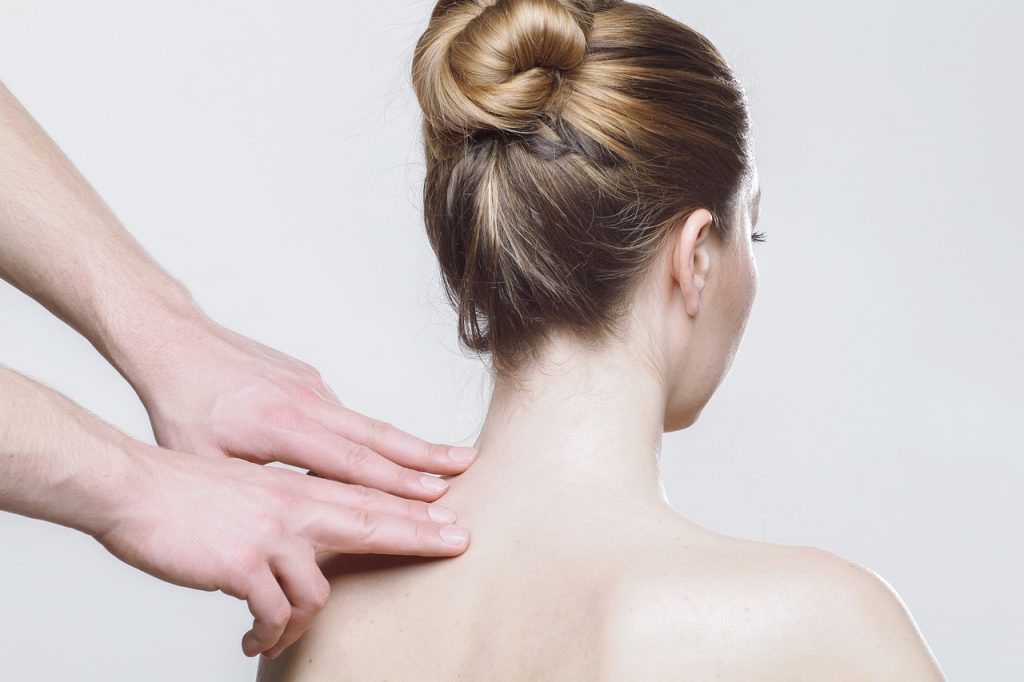
The use of acupuncture and other TCM techniques have risen steadily in the U.S and other Western countries over the past several decades. According to a large survey done on complementary health approaches by the National Institute of Health in 2007, in the U.S. alone at least 3.1 million people received acupuncture treatments in 2007. The survey showed that the number of visits to acupuncturists tripled between 1997 and 2007.
Does Acupuncture Hurt?
Surprisingly, although needles are used in acupuncture, treatments are relatively pain-free. In fact, one of the most popular uses of acupuncture is to reduce chronic pain throughout the body in a natural way, without the need for medications that can cause unwanted side effects.
Most of the studies investigating acupuncture to date have examined whether acupuncture can safely reduce pain. However, it’s expected that in the next several years, researchers will continue to study whether or not it might help with other conditions, too – including anxiety, depression, inflammation, hot flashes, side effects of chemotherapy, and insomnia.
What Is Acupuncture Able to Treat?
Currently, acupuncture is used to treat conditions like:
- muscle spasms and pain
- chronic back problems and pain
- headaches, including reducing the frequency and intensity of migraines
- neck pain
- Osteoarthritis
- knee pain
- allergies
- Digestive
- headaches
- Problems with depression
The U.S Department of Health and Human Services states that:
“… promising results have emerged showing efficacy of acupuncture in adult postoperative and chemotherapy nausea and vomiting, and in postoperative dental pain. There are other situations such as addiction, stroke rehabilitation, headache, menstrual cramps, tennis elbow, fibromyalgia, myofascial pain, osteoarthritis, low back pain, carpal tunnel syndrome, and asthma, in which acupuncture may be useful as an adjunct treatment.”

